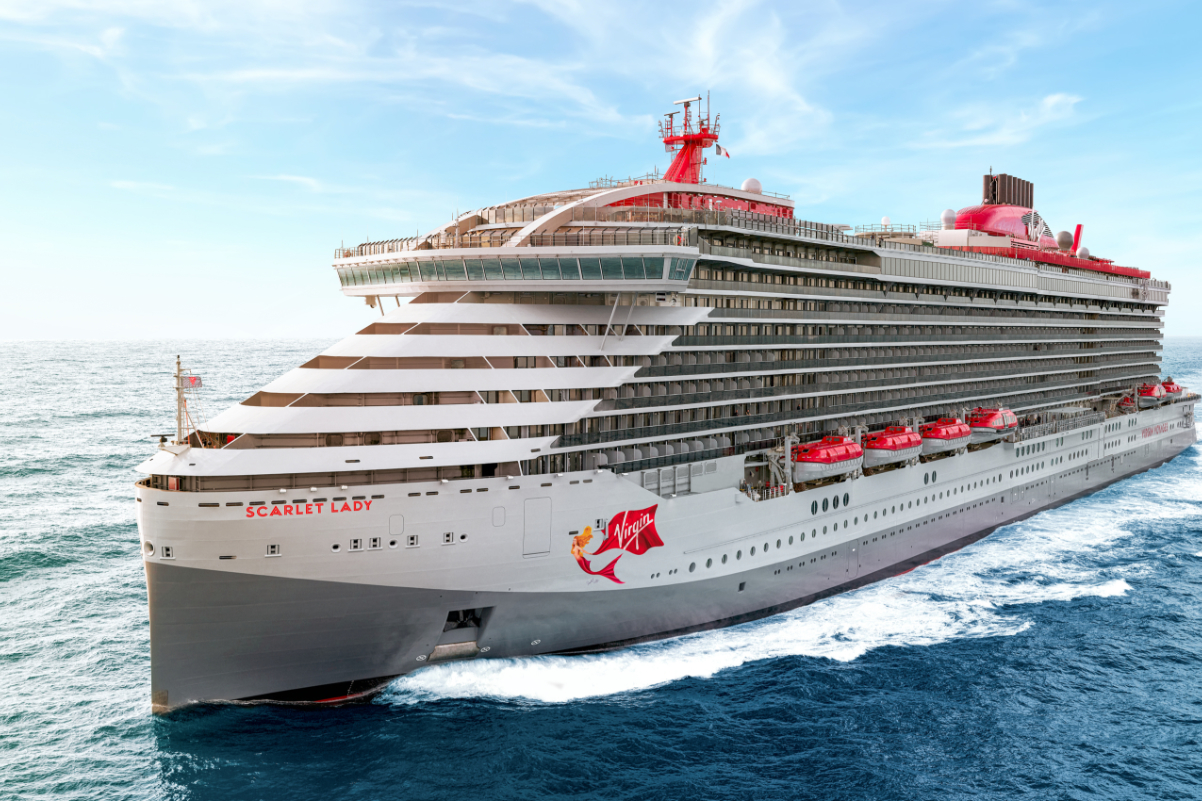U.S. Airlines Prioritize Some Flights Over Others When Summer Storms Hit

Skift Take
As storms this summer hit its Midwest and East Coast hubs, managers at American Airlines' operations center know they can't operate every flight as scheduled. But how do they decide which to cancel, delay, or run on-time?
You might think air traffic control has the final say, but that's not true. Each day, U.S airlines are in contact with Federal Aviation Administration officials, who tell them what the airspace can handle. Deciding how to react, however, is an airline's call. During thunderstorm season, U.S. airlines could try to keep every flight, though delays would probably cascade.
So airlines play favorites. Lower-priority departures to Sioux Falls or Rapid City might languish, with passengers waiting through long delays or possibly facing a cancellation, while key New York flights go on time.
It’s about cost versus benefits. At the core, airlines want to inconvenience as few passengers as possible, but it's never so simple. Operations planners must deal with many more variables, including what customers are flying, how much flight attendants and pilots can work, where an airplane is needed next, and whether the pilots and the airplane can safely fly in the worst weather.
"It is a calculus math equation every day, as you try to minimize the impact on customers," said Scott Ramsay, American's managing director for dispatch operations. "It's always dancing on a razor wire. It is never an easy decision. If it was easy, it would never be fun."
Each airline handles it a little differently. Some, like American, use a mix of human and computer-made decisions to choose the best outcome. Others, like Southwest Airlines, rely more on a machine — Southwest has what it calls the Baker Tool, named after a long-time employee — to get it right. It’s better than the old days, when there “was a lot of pencil and paper,” said Steve West, Southwest’s senior director of operations control.
But while technology is improving, no airline is perfect, partly because thunderstorm severity is tough to predict, said Carol Huegel, American’s managing director for systems integration and industry affairs.
"A snowstorm or a hurricane, we can wrap our arms around," Huegel said. "We can be ready. Things like thunderstorms are much harder for us to deal with. Inevitably, they last longer and hit harder than we expected.”
Yes, American Knows Who is Onboard
Travelers might expect airlines would go with a first-come, first-served approach to storm delays, so the 10 a.m. to Memphis would go before a 10:45 a.m. to New York or Los Angeles.
That's rarely true. Most airlines have flights they want to protect, some for obvious reasons, and some for reasons passengers might never expect.
American looks at who is on board. Employees in the operations center know how many elite frequent flyers are on each flight, and how many have the highest status. They even know how many first class passengers have paid for the flight, rather than received a free upgrade, Ramsay said.
"We know what the most highly profitable routes are," Ramsay said.
At global network airlines, regional jets may take a disproportionate number of delays, both because they carry fewer people and often fly to smaller markets that aren’t as popular among business travelers.
There are exceptions, though. "Some of the regional jet cities are very, very profitable," Ramsay said. "We actually shy away from some regional markets.”
In most matters, Southwest likes to call itself the egalitarian airline, and that’s also true for flight delays. It’s not looking at which flights are most profitable or which have the most frequent flyers when it makes decisions about delays, West said. Instead, it wants to cause trouble for the fewest passengers.
“Primarily, what we are looking at is, how can we get the most customers and bags to their destination on-time,” West said. “But sometimes those objectives are counterproductive, so the secondary object is to try to get as many people to their destination, even with a delay."
At a big global airline like American, the most sacrosanct flights often connect larger cities, such as Chicago-New York, Los Angeles-New York or Dallas/Fort Worth-New York. Those flights often use larger aircraft flown by American's mainline pilots, so by protecting them, the airline also can inconvenience fewer customers. International flights, especially to high-yield destinations like London, also tend to go on-time, even when other flights are late.
Still, not all business-to-business routes escape unscathed. On a popular route, American might fly 10 or more times a day, so even though Los Angeles to New York carries important customers, American might cancel one frequency to protect the rest of the schedule, especially if it can easily rebook customers.
Southwest also culls its high-frequency routes when it has to reduce its schedule, West said. “If we know we can reasonably move our customers on another flight, we will make a flight adjustment,” he said. “The more frequencies we have, the easier it is to re-accommodate our customers.”
Both airlines also look at connecting passengers, and where they’re going. American might protect a big airplane coming from the West Coast to feed its transatlantic hub in Philadelphia, because if it doesn’t, it’ll have hundreds of customers who might not be able to get to high-yield destinations in Europe until the next day. Plus, American may need that larger airplane to fly to London or Paris or Frankfurt.
"We ask, 'How many connections do we have?’" Ramsay said. "What is the ability to protect those customers?
So Many More Variables
There are many variables beyond how much passengers paid for their tickets, or how many flyers are making connections.
Most airlines try not to send an airplane into an airport with weather so severe they fear they won’t be able to get it out quickly. Even if it's profitable flight, American may not fly an aircraft from Chicago to New York if it fears the airplane will get stuck at LaGuardia for hours.
Late in the day, airlines start to look at factors they might not have examined in the morning, Southwest’s West said. Every airline has aircraft slated for overnight maintenance in certain cities, so if an aircraft must get to Houston for late-night work, it may depart on time, no matter who is onboard or how bad the weather.
An airline may also want to ensure a certain aircraft gets to its next city so it can start the day on time the next morning. “We have 700 airplanes that we have to align every night,” West said.
Crew is an issue, too. During irregular operations, pilots and flight attendants get out of position, and airlines ferry them on passenger flights so they can pick up their next departure. If an airline needs a crew to fly an important flight the next morning, the inbound flight may go on time.
There are other wrinkles. Some airports have curfews, including Long Beach, California, where Southwest expanded three years ago, so it must cancel arrivals when bad weather hits the departure city, or ensure Long Beach-bound flights will land by 11 p.m. Airlines also must be aware of tarmac delays, as the Department of Transportation requires airlines to give domestic passengers a chance to get off after a three-hour post-pushback delay.
"At the end of the day, we don't want to get anywhere near three hours," Huegel said.
Pilot and flight attendant work hours matter, too. Federal guidelines limit how much pilots and flight attendants can work during a duty period. If a pilot or flight attendant is coming up against the time limit, and the airline still wants to operate the flight, it may dispatch the airplane sooner.
Finally, there are safety limitations. Some of the smallest American Eagle regional jets cannot land in the worst weather, so the airline must cancel them or delay them until conditions improve. Southwest, since it flies only Boeing 737s, does not have the same issue.
All these variables make for challenging summer days at the Dallas-area operations centers operated by both airlines.
"It's an art and a science," Ramsay said. "A machine can do the math to you, but you have to go look at all the other things."




